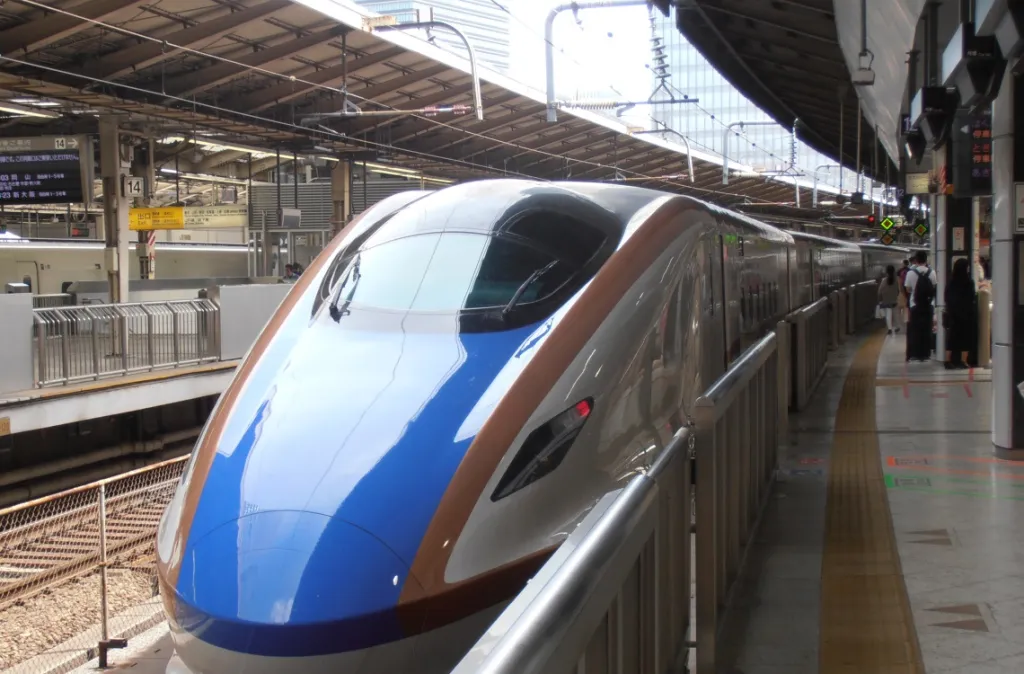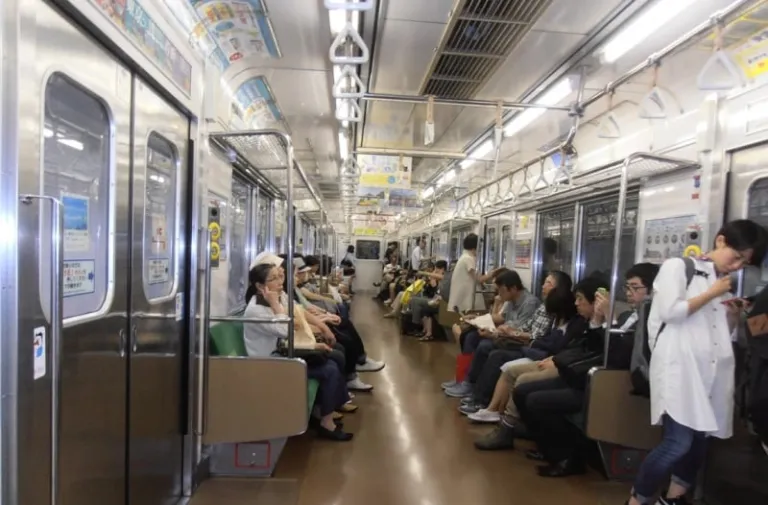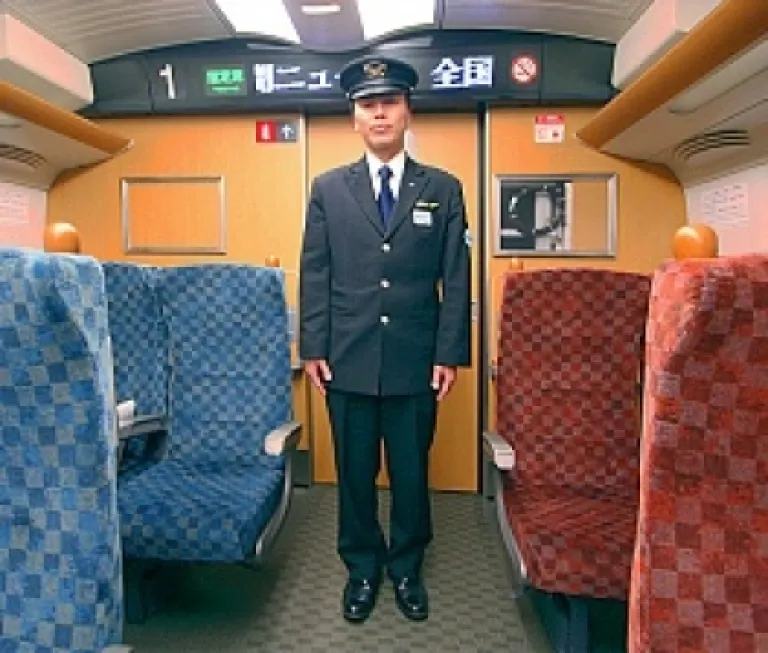From Pikachu snacks to Totoro cream puffs, here are 10 themed cafes in Japan that prove café hopping should be part of your travel itinerary.
Train Etiquette 101: How We Can Learn a Thing or Two from the Japanese

Contributed by The Observant Tourist
During our two-week tour of Japan in July 2016, my wife Keiko and I rode all types of trains in the ultra-modern and efficient Japanese railway system. Bullet trains (Shinkansen), express trains, subway trains, local trains – these efficient locomotives took us to 11 cities in three of Japan’s five main islands: Honshu, Kyushu and Hokkaido.
Also read: Japan Money-Saving Tips: 12 Sights Best Visited with the JR Pass
Our extensive train travel also gave me the opportunity to observe the unique social norms and manners of Japanese passengers, particularly in regional Shinkansen trains, which we often rode. For the Japanese, correct manners are very important. Nowhere is this fact more apparent than in trains.
In Japan, very few passengers talk in trains and those who do speak in hushed tones. Children are given some leeway even as their adult companions are expected to keep the kids’ noise level to a minimum. Mobile phones are kept in silent mode (or “manner mode” as it is called in Japan), with calls made and taken behind the closed sliding door of the train’s end sections. Passengers listening to music, watching a video or playing games on their devices use earbuds or headphones with the volume set low enough to ensure spillover noise does not disturb other passengers.

Most passengers recline their seatbacks only slightly while some don’t bother at all. In several instances, I saw passengers speak to the passengers behind them before reclining their seatbacks, presumably to ask permission. So admirably courteous and considerate!
Perhaps a gesture which is part-apology and part-thank you, passengers in window seats nod their head to passengers in the aisle and centre seats for giving way and letting them pass to use the toilet. The same protocol holds true for pedestrian traffic along the aisles and end sections of the train.

The Japanese are very particular about cleanliness. I often saw passengers use table napkins to wipe the retractable tray tables in their seat after eating. Before getting off, passengers collect their trash (plastic bottles and wrappers, table napkins, coffee cups, meal boxes, etc.) and chuck these in garbage bins at the train’s end section.
Also read: 16 Things Japan Does Better Than Your Country
Fashion isn’t something you usually notice when riding trains, but it’s hard to miss the sartorial elegance of Japanese train conductors. Their trendy fashion sense, however, is second only to their politeness. Dressed in a classy blue or gray suit with matching peak cap and stylish wingtip oxfords, the train conductor bows to passengers when he enters or leaves a railcar. Unlike the less formal head nod, the conductor’s bow is a deep, long bend at the waist, indicating respect.

There are lines on the platforms to direct passengers where the train doors will open and where to form queues, but these are hardly necessary. Passengers instinctively form orderly lines when boarding trains. They wait for all disembarking passengers to get off before entering the train. No one rushes to the doors or cuts the line.

Lastly, I have to mention those cheerfully harmonic tones played when a train is arriving at or about to depart from a train station. According to an article by Takeshi Shiraishi in Nikkei Weekly, melodies for departing trains are arranged “to invoke a feeling of relief” among passengers who often have to brave the crowded station and long lines to catch their train. On the other hand, melodies for arriving trains are configured “to cause alertness [and] help shake off sleepiness experienced by morning commuters.”
Also read: Easy Japan Tourist Visa Guide for Filipinos
Published at
About Author
Eric Michael Santos
Subscribe our Newsletter
Get our weekly tips and travel news!
Recommended Articles
10 Cutest Cafes in Japan That Are Totally One of a Kind 10-day Christmas and New Year Japan Trip: Complete Travel Itinerary Celebrate Christmas and New Year in Japan with this 10-day holiday vacation itinerary packed with Tokyo lights, Kyoto charm, and Osaka adventures.
11 Days of All Things Weird & Wonderful in Japan When 11 days in Japan still aren’t enough!
Top 2024 Fall Destinations Abroad: Where to Experience the Best of Autumn Around the world in autumn!
I Tried to Limit My 3-Day Cebu Trip Budget But Failed Miserably Have you ever tried exceeding beyond your travel budget?
Latest Articles
Thailand Eyes to Build Disneyland Instead of Casino Complex Thailand is considering bringing Disneyland to the country, replacing a previously proposed casino and entertainment complex.
US May Require Five Years of Social Media History for Tourists Are Filipino tourists affected?
3 Days in Okinawa: Everything We Saw, Did, and Ate in Japan's Southern Gem Here's your ultimate travel guide to Okinawa, Japan!
Cheap Domestic Flights Needed as Philippines Ranks Last in Southeast Asia Tourism Tulfo says local flights are too expensive and Filipinos deserve better travel deals.
The Quiet LA Travel Hack Travellers Should Know: Why Flying Into Ontario Airport is Way Better Here's how to get to LA without going through LAX!

